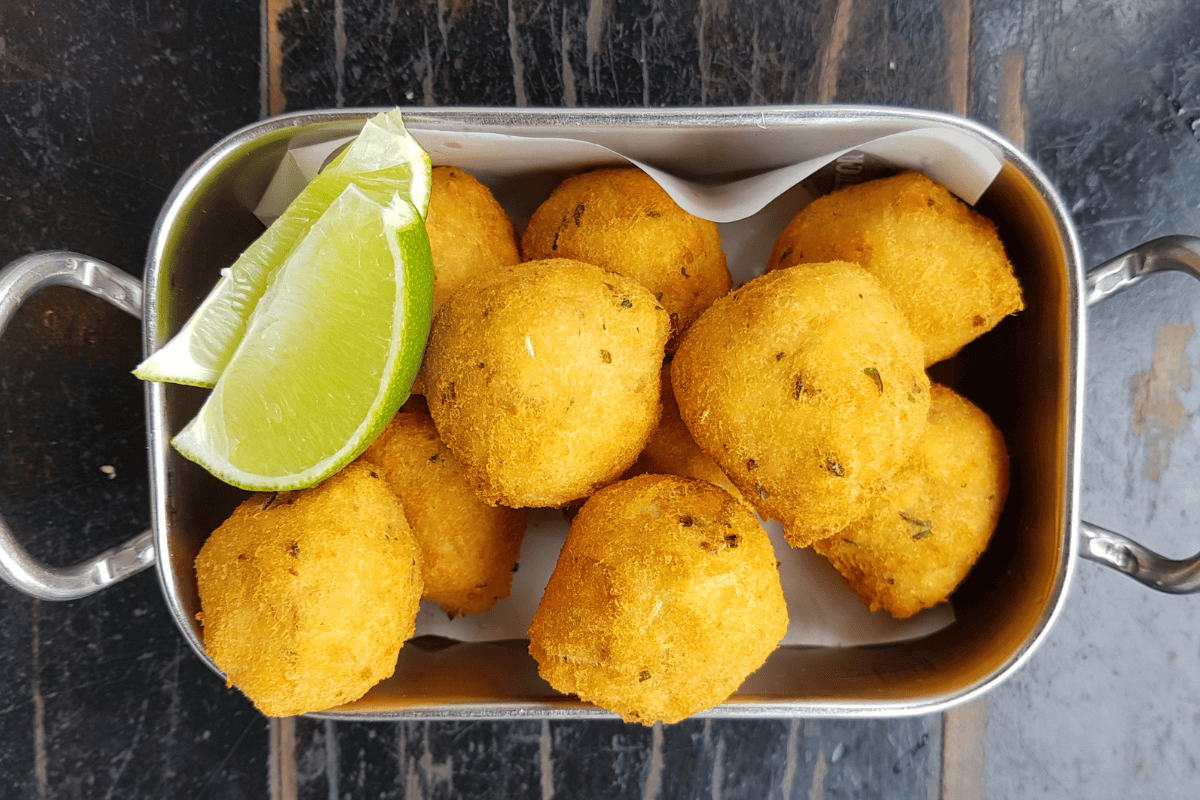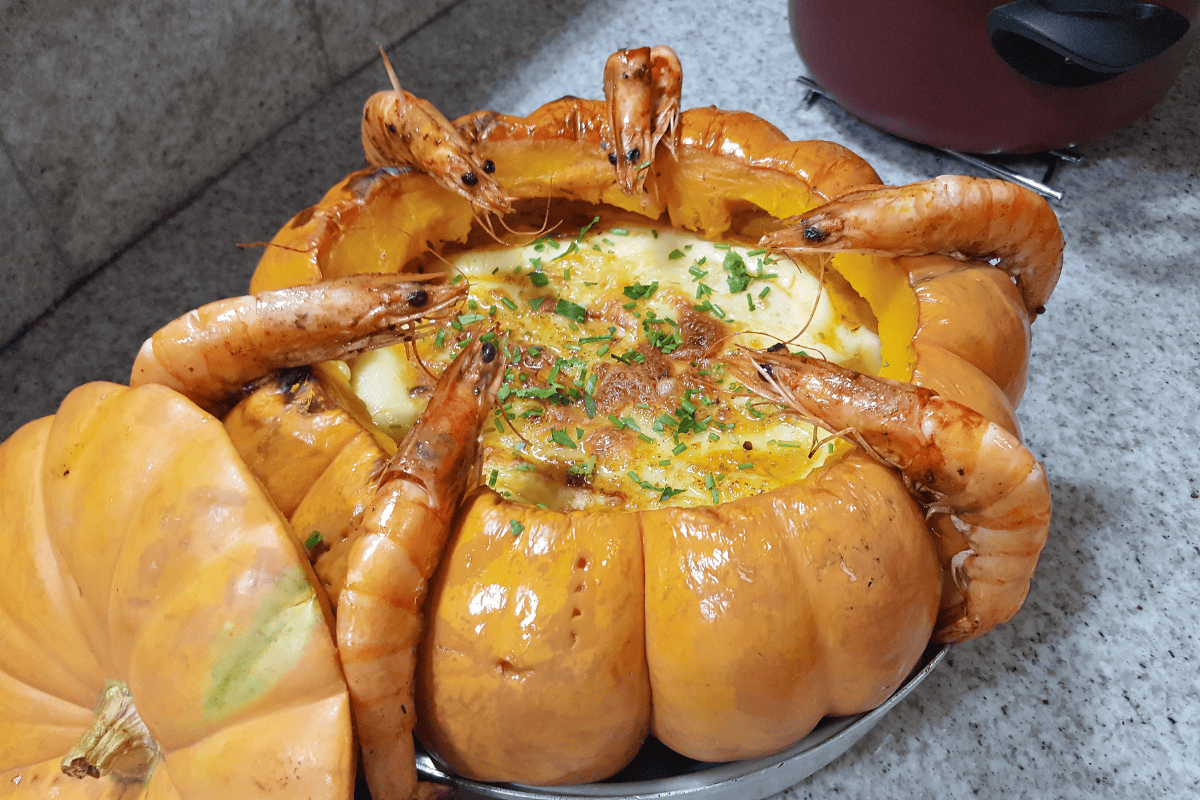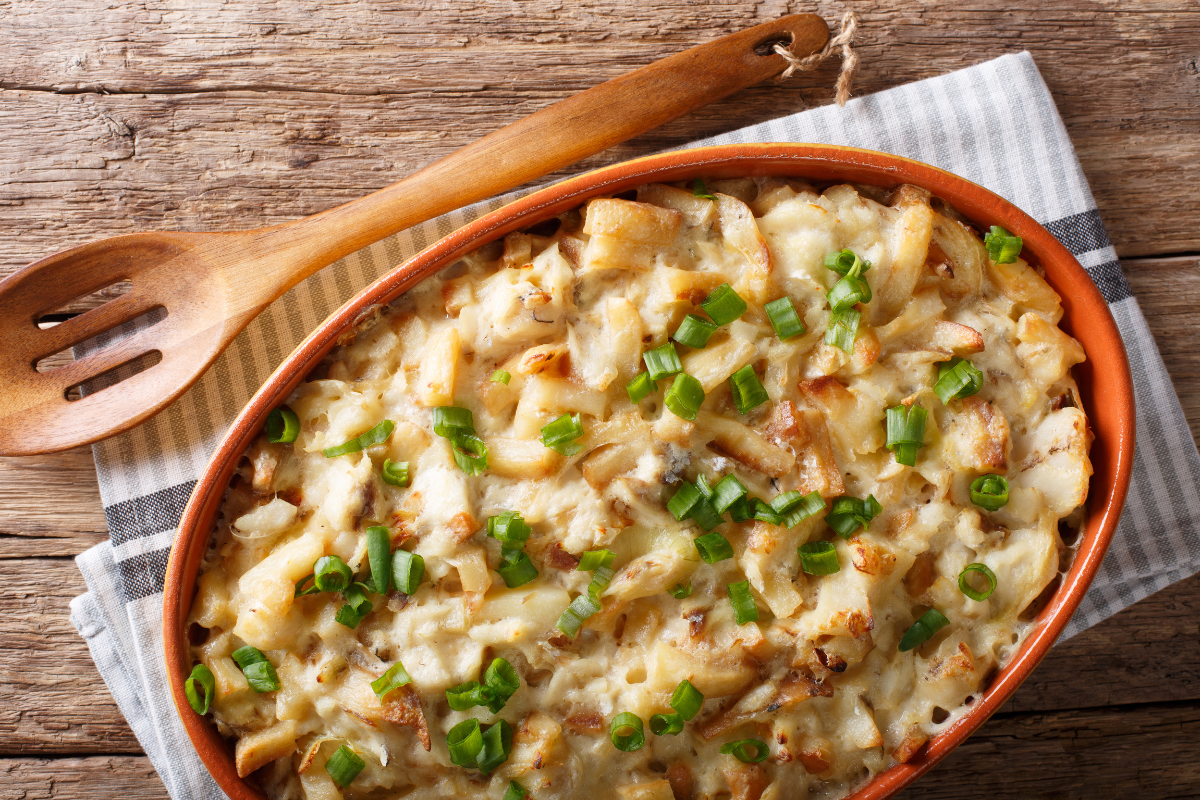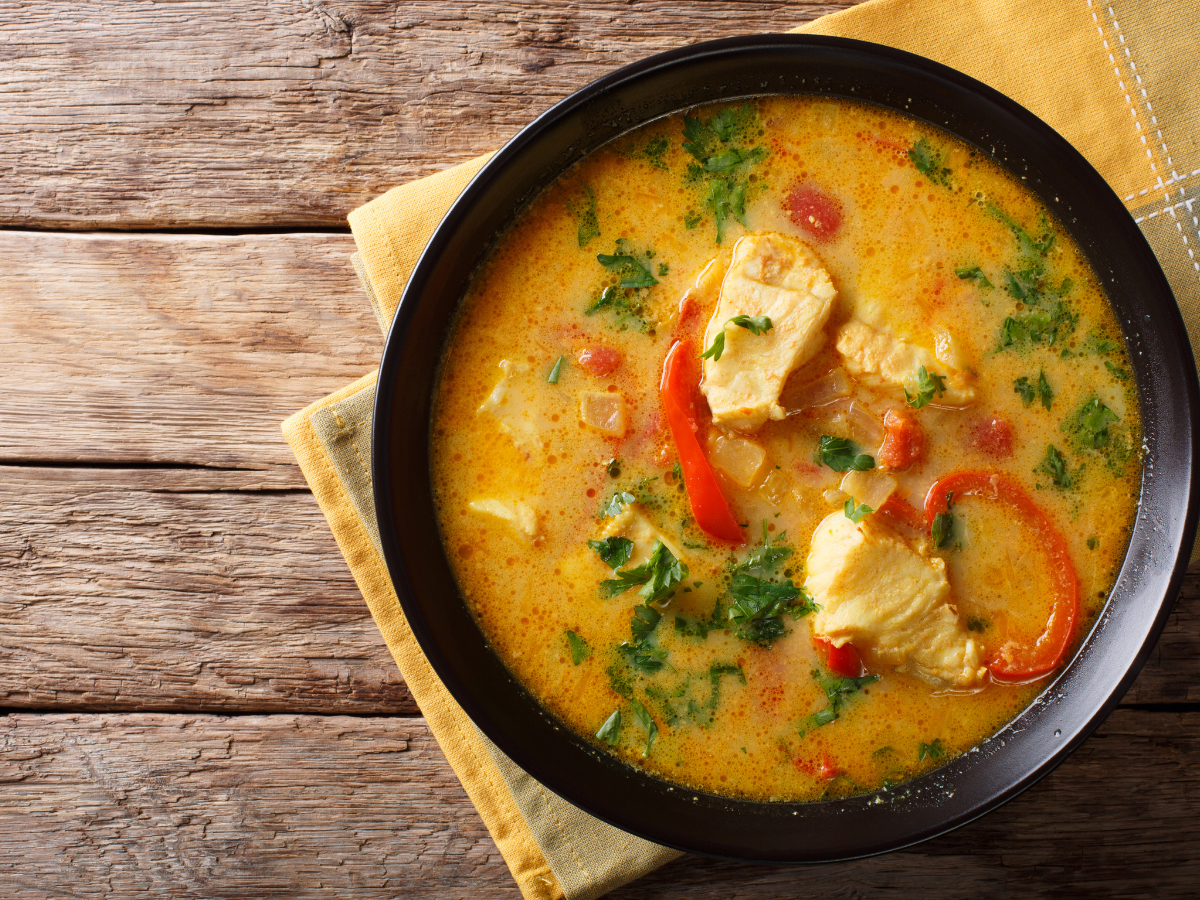Easter Comfort Food
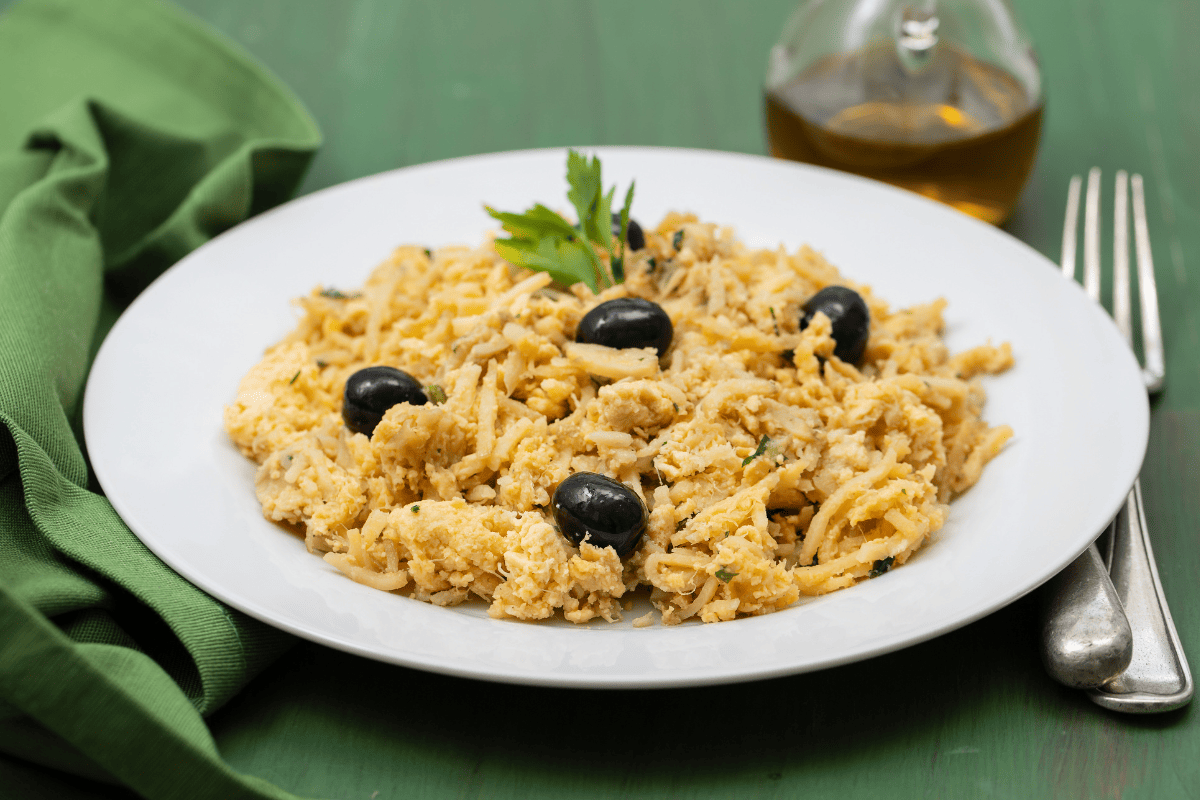
If you like seafood, this Bacalhau à Brás recipe is for you. This traditional dish ties together savory cod with warm, comforting potatoes, often served with any variety of Brazilian sides and garnished with fresh parsley and olives. While the recipe requires significant preparation, this meal is well worth the wait. Bacalhau à Brás is a long-standing tradition in Brazilian culture for Easter brunch, lunch, or dinner. It actually originated in Lisbon in the late 19th century; its founder, of the last name Braz, deserves a round of applause for his accessible, affordable, and delectable invention.
What is Bacalhau à Brás?
Bacalhau à Brás is a creative and inexpensive recipe: it is a meal anyone can make while still having fun with it. It is a simple dish made with rehydrated salt cod, eggs, potatoes, aromatics, and olives.
Historically, Bacalhau à Brás is remarkable: in an effort to reduce food waste, it is said that chef Braz would use the less meaty parts of the cod which one would usually toss. After deboning the cod, the skin would be removed and the remaining fish shredded. As such, all parts of the fish were put to use. Even the potatoes – traditionally cut in long thin slices – could be made from scraps.
A household staple, eggs are a perfectly wholesome addition to this lovely Spring meal. The eggs are optional, but they lend a creamy, buttery texture that also binds the fish and potatoes together.
When Do Brazilians Eat Salt Cod?
Brazilians eat bacalhau all year long, but it is most commonly prepared during the week of Easter, namely on Good Friday. If you are in search of a variation of this recipe but still want the flavor of salted cod, salt cod in cream is a similar dish that is also common during this time of year.
Bacalhau à Brás is also prepared in countries other than Portugal and Brazil. In historically Roman Catholic countries, recipes with salted cod as the star ingredient gained popularity as the Church forbade the consumption of red meat on all Fridays during Lent, Ash Wednesday, and Good Friday.
Many cultures have developed their own unique take on meals incorporating the foods they have access to when red meat is not an option, and Bacalhau à Brás is an ideal example of that.
For those anxiously awaiting the days when red meat is back on the menu, be sure to stock up with one of our butcher boxes: premium cuts of beef, pork, and lamb delivered right to your door in time for Easter dinner and the start of grilling season.
Preparing Bacalhau
Bacalhau à Brás requires some special considerations, mostly to do with preparing the salt cod. You do not want to use it straight out of the package, unless you enjoy a mouthful of straight salt. Prior to use, salt cod needs to be soaked in water for an extended amount of time. This “de-brines” it and also rehydrates it somewhat for better texture.
We recommend soaking your salt cod overnight, but you can get away with a few hours in a pinch. Ideally, you should also change out the water at least once during soaking. Give the fish one final rinse with fresh water before you add it to your bacalhau a bras dish.
Can You Use Fresh or Frozen Cod for Bacalhau à Brás?
Bacalhau à Brás can be made with fresh or frozen cod, too. If you plan to cook with fresh cod, though, you will need to account for longer cooking time. Salted cod is preserved, which means that it is actually already “cooked” and ready to be thrown into the mixture of flavors as soon as some of the salt has been removed during the soaking process.
If you are looking for a healthier alternative, using fresh cod will significantly reduce the amount of sodium in the dish. Of course, fresh cod is always preferred, but buying it frozen will do the trick just as well. Just be sure to prepare it according to package ingredients.
What Do You Serve With Bacalhau à Brás?
Bacalhau à Brás is plenty hearty on its own, but you won’t often find a meal in Brazil without the ubiquitous, aromatic white rice and feijao with farofa. Bursting with flavor, both of these sides are great options if you are looking to fill a hungry belly.
Traditional Brazilian white rice calls for lots of garlic paired with onion and some oil to keep the rice loose. Brazilians cook it so often they often prepare a jar of the aromatics ahead of time. This is called “refogado.”
Feijao refers to another traditional and unique side dish which combines black beans simmered with meat trimmings of choice and topped with crisp farofa, a garnish made from nutty, toasted cassava flour. The meat can vary greatly according to taste and region. Brazilian cuisine really allows for creative autonomy; you can add any meat that sounds good to you, be it bacon, Brazilian sausage, beef short ribs, or even pig’s feet. The options with this side dish are endless.
Bacalhau à Brás Recipe
Ingredients:
3 lbs salt cod, soaked in cold water overnight
2 large yellow onions, thinly sliced in rings or half moons
1 clove garlic, minced
2 bay leaves
2 oz white wine (dry, not sweet)
2 lbs golden potatoes
8 large eggs
¼ cup whole, pitted olives
Extra virgin olive oil
Freshly ground black pepper
Salt, to taste
½ cup fresh parsley + more for garnish
Directions:
- Rinse the pieces of cod with cold water after overnight soaking. Then, place the cod in a large pot with enough water to completely submerge it.
- Bring the water to a boil over high heat and reduce the temperature to medium. Let the cod cook for 8-12 minutes, or until the fish is flaky and tender.
- Reserve 1 cup of water from the pot and discard the rest. Let the cod cool.
- While the cod cools, preheat your oven to 450 F/230 C. Cut your golden potatoes into very thin slices, like matchsticks or shoestring fries. You can leave the skin on or off, depending on your preference.
- Put the potatoes on a baking sheet and toss in a little extra virgin olive oil. Season liberally with black pepper and a little salt. Roast until they are golden and crisp (about 25-35 minutes).
- While the potato sticks roast, return to the cod. Remove any bones you find along with skin. Carefully shred the cod with your fingers or two forks, then set it aside.
- Mix the eggs, some black pepper, and a pinch of salt with a whisk, or beater.
- In the same pot you used to cook the cod, heat a drizzle of olive oil over medium heat. Sauté the onions in the hot oil for 4-5 minutes, or until they are translucent. Then add in the garlic and cook for a further 30 seconds or so.
- Add the wine, reserved fish stock, and bay leaves and cook until the mixture has reduced, or for about 2 minutes.
- Remove the bay leaves, then add the shredded cod and parsley to the pot, stirring well to combine.
- Add the beaten eggs, stir and cook until they are set, but not scrambled. It should have the appearance of a uniform sauce.
- Combine the fish mixture with your roasted shoestring fries. Transfer it to a serving dish and dot the top with olives and fresh parsley.
Enjoy!
Easter Brunch Made Easy
Bacalhau à Brás can just as easily be served for Easter Brunch. After all, it is essentially fish with hashbrowns and eggs! Of course, you can make things even easier on yourself this Easter by visiting one of Texas de Brazil’s 50+ locations. Enjoy our famous salad bar and delectable sides, along with our mouth watering churrasco favorites sliced tableside. Take a look at our menu for more ideas to get busy in the kitchen.


